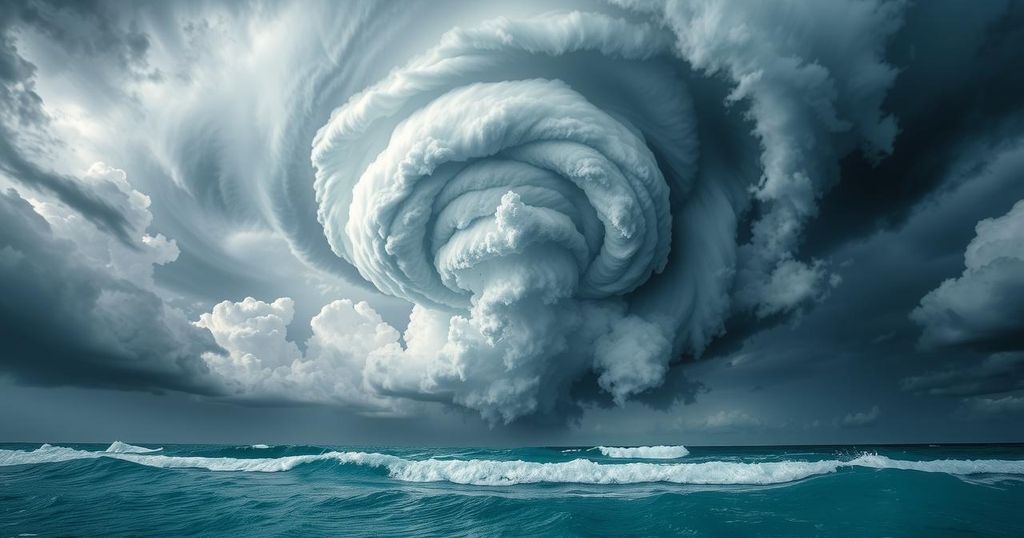Global news
AFRICA, APPALACHIA, ATLANTIC OCEAN, BAY SAINT LOUIS, BRIT, CAYMAN ISLANDS, CUBA, GULF COAST, GULF OF MEXICO, HURRICANE, HURRICANE SEASON, MISSISSIPPI, MISSISSIPPI RIVER, NATURAL DISASTER, NATURAL DISASTERS, NORTH AMERICA, OHIO VALLEY, POWER OUTAGES, SOUTH AFRICA, UNITED STATES, VIRGINIA, WEST VIRGINIA
Isaac Bennett
0 Comments
Hurricane Camille: A Category 5 Disaster Impacting the Gulf Coast
Hurricane Camille, a Category 5 hurricane that hit the U.S. in August 1969, caused immense destruction in the Gulf Coast and beyond. Originating as a tropical storm, it rapidly intensified and led to devastating floods and significant fatalities as it moved inland. The storm’s impact underscored the critical need for evacuations and preparedness in the face of severe weather events.
Hurricane Camille was one of the most powerful hurricanes in the 20th century, impacting the Gulf Coast of the United States in August 1969. Originating as a tropical storm on August 14, it quickly intensified into a Category 5 hurricane by August 16, striking Bay Saint Louis, Mississippi, on the night of August 17. The hurricane produced extremely high winds, recorded to exceed 200 miles per hour, and storm surges reaching over 24 feet. Throughout its path, Camille caused severe flooding, particularly as it transitioned into the Appalachian region, ultimately resulting in significant loss of life and substantial economic damage across several states.
In the context of tropical cyclones, Hurricane Camille serves as a stark reminder of nature’s devastating power. Forming west of the Cayman Islands, it rapidly grew in strength, illustrating the factors that can contribute to the development of such intense storms. The Saffir-Simpson scale categorizes hurricanes based on wind speed, and Camille’s classification as a Category 5 indicates the extreme severity of its potential impact. The storm’s trajectory across the southeastern United States highlights the vulnerability of these regions to flash flooding and associated hazards, emphasizing the importance of effective disaster preparedness and response.
Hurricane Camille exemplifies the catastrophic potential of hurricanes categorized at the highest level on the Saffir-Simpson scale. The storm caused extensive damage and loss of life, demonstrating the critical need for timely evacuations and disaster management strategies. The memories of the destruction wrought by Camille serve as a crucial lesson in preparing for future storms, urging communities to adhere to safety protocols to mitigate the consequences of such natural disasters.
Original Source: www.britannica.com




Post Comment